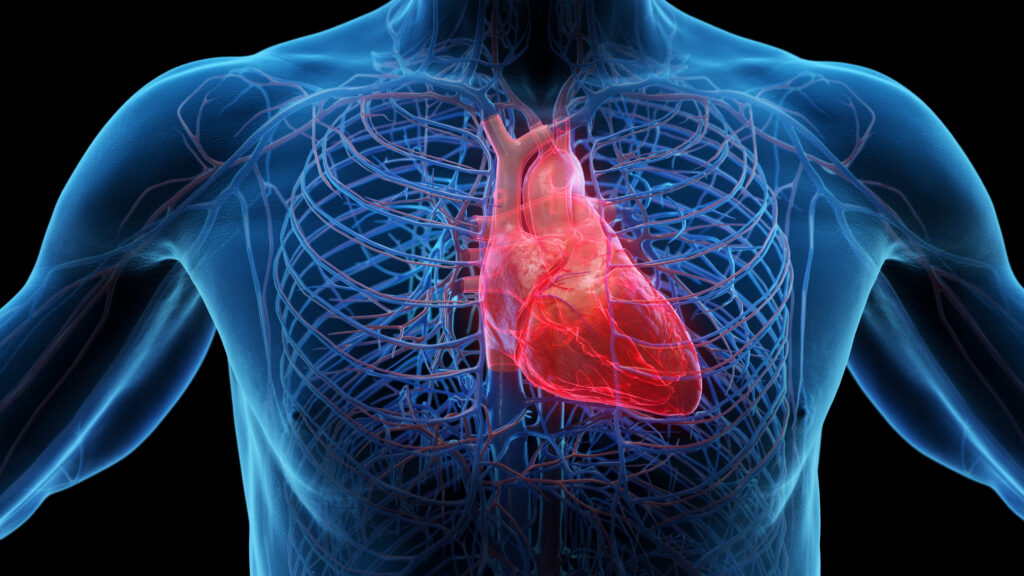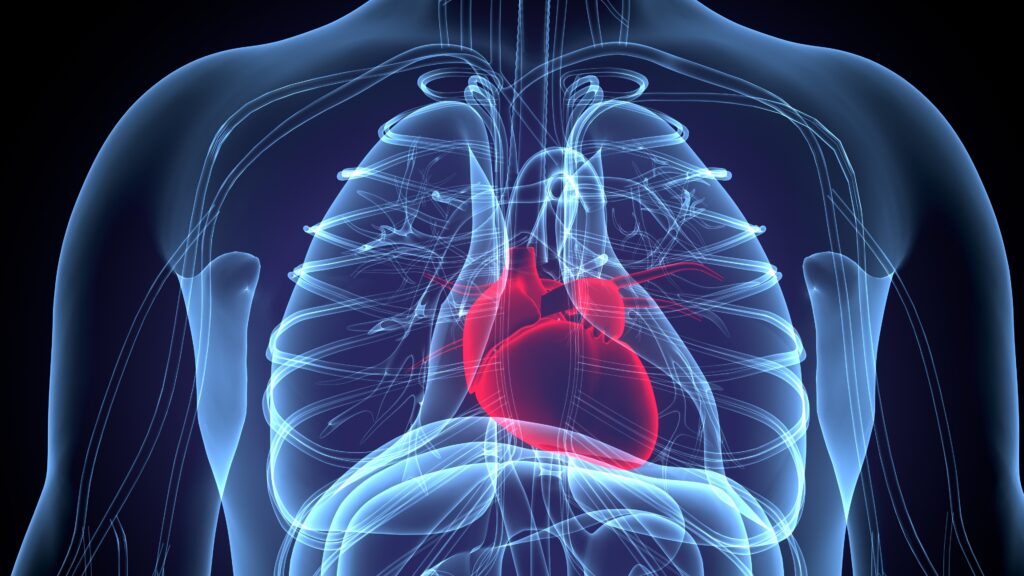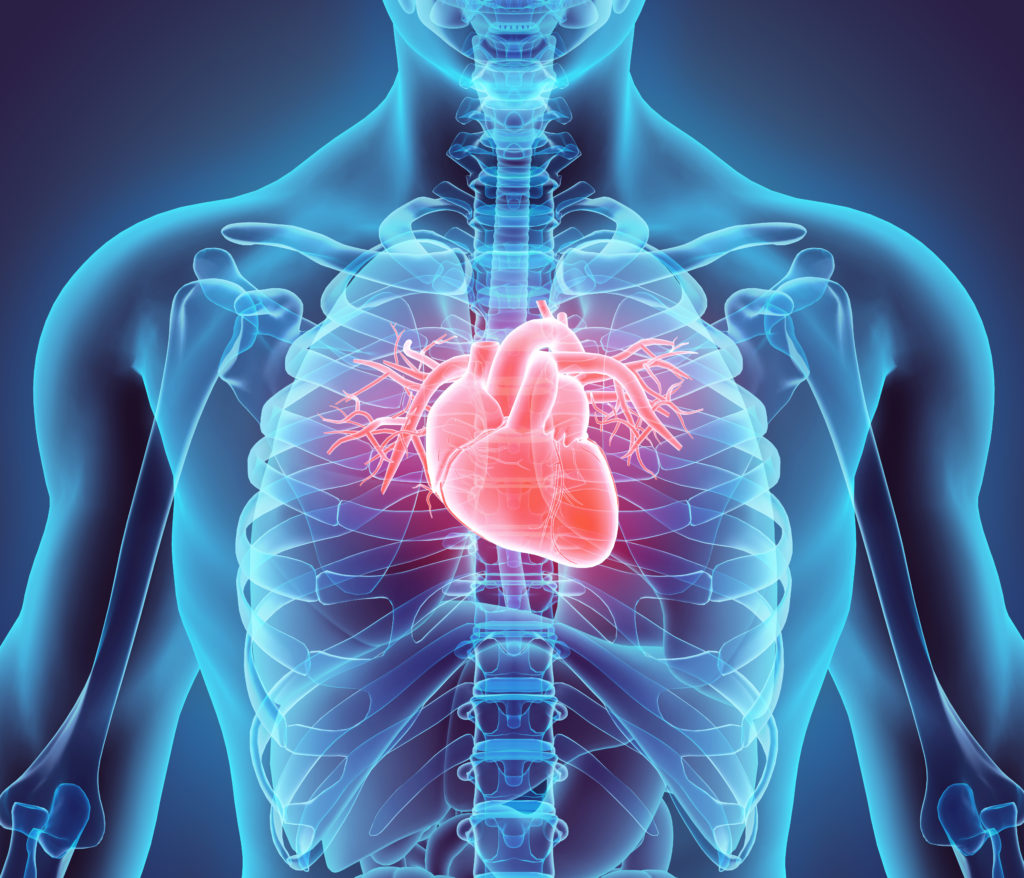Background: Radiation therapy (RT) is a standard modality for cancer treatment for patients with cardiac implantable electronic devices (CIEDs). The increased ageing population has influenced the number of patients receiving radiation therapy, and concurrently the number of patients undergoing implantation of CIEDs. Identification of risk factors and safety concerns for RT to CIEDs must therefore be addressed.
Objectives: To determine the incidence of device malfunction and categorize severity from associated risk factors. To assess long term clinical outcomes.
Methods: A retrospective observational study was performed using local electronic patient record systems to review baseline characteristics and clinical outcomes. Descriptive statistics were performed to determine outcomes.
Results: One hundred and twenty-two patients were referred for RT and CIED follow up over a 42-month period. Twenty-two patients were discounted due to a change in treatment or no follow up data. Four patients had devices extracted, with 2 re-implanted in the right pectoral region, leaving 95 total patients undergoing 98 treatment periods.
Regions of RT were split into head and neck: 11 (11%), chest: 48 (49%) and below abdomen: 39 (40%). CIEDs encompassed permanent pacemaker (PPM) (57%), cardiac resynchronization therapy-pacemaker (CRT-P) (12%), implantable cardioverter defibrillator (ICD) (9%), cardiac resynchronization therapy-defibrillator (CRT-D) (10%), leadless pacemaker (1%) and implantable loop recorder (ILR) (9%). Forty-nine (50%) patients were deemed higher risk (pacemaker dependant, ICD in situ or individual treatment does > 5 Grays [Gy]). Average cumulative RT dose was 39.5 Gy, with an average individual dose of 3.9 Gy. Seventy-two patients (73%) were followed up via remote monitoring.
There were 3 (3%) acute minor adverse events within the first follow up. All were elevated lead thresholds and resolved within 3 months. Two of these patients (2%) were deemed higher risk, with one having a CRT-D in situ and one being pacemaker dependant. Elevated lead threshold occurred on the right ventricular (RV) lead of the pacing-dependant patient and required a new RV lead at generator change. It was determined this initially occurred prior to starting RT and was unrelated to treatment. One adverse event (1%) occurred in each of the 3 treatment regions. Average cumulative dose and individual treatment dose of patients with complications was 56.7 Gy and 2.3 Gy respectively, compared with 39 Gy and 4 Gy for patients without adverse events. There were no major adverse events over a mean follow up of 311 days.
Conclusion: A robust pathway for surveillance of patients with CIEDs undergoing RT has enabled uninterrupted care with only minor transient adverse events. The use of remote monitoring has enhanced safety and streamlined this care pathway. ❑














